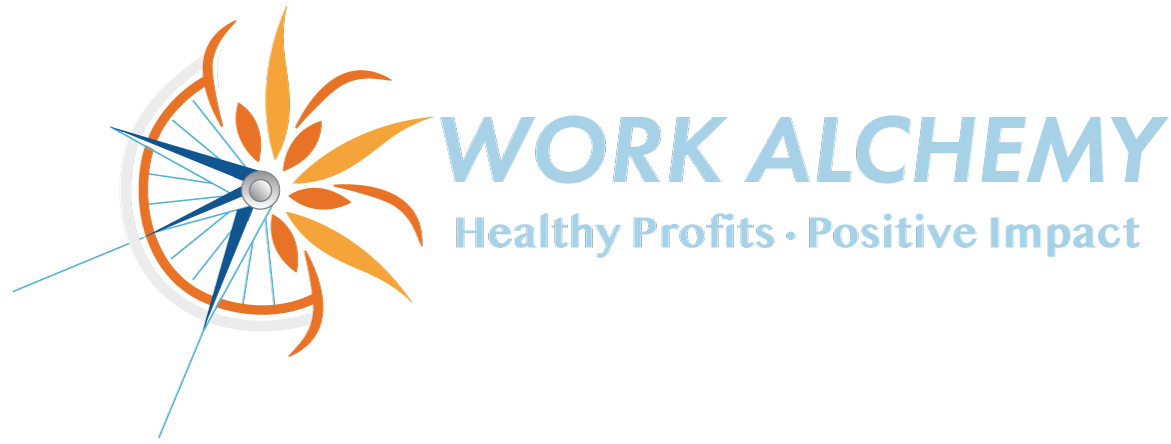 How do you reach your prospects in a way that helps them really connect with you, get to know you, trust you, and eventually, buy from you?
How do you reach your prospects in a way that helps them really connect with you, get to know you, trust you, and eventually, buy from you?
The #1 way is through content marketing.
Freely sharing information that’s valuable to your prospects is one of the best ways to create the kind of experience that leads people to know, like, and trust you, and become your clients and customers.
Some people say that, these days, content marketing is marketing.
It’s important that your content be interesting, engaging, and valuable to the people you want to reach.
To do that, you need to be speaking their language. Not just in words, but in how you’re presenting your great content.
That’s where learning styles come in: auditory, visual, read-write, and kinesthetic (big word, right? More about that in a minute). To make it easy to remember, VARK is a good acronym. It’s also the name of the learner model that includes all 4.
Everyone learns in different ways. Most people learn through a combination of the 4 styles, but one is usually their go-to. Presenting your content in a variety of ways lets you make an impression more than once.
Everybody’s different, so to get the best reach, diversify how you’re sharing your content. Being aware of the 4 styles will help you think about how you can reach people of all learning styles:
1. Visual. Our visual learner, Veronica, learns through her eyeballs, so to speak. Visuals like drawings, pictures, and words on the page or screen are her preference. Even if she’s listening in to a talk, watching something live or on the screen will help her learn better.
For folks like Veronica, learning the big picture first and then focusing on the details is a plus. Mind mapping can be a great visual way to give an overview and then drill down to more detail. It also helps her when you show the relationships between the key points you’re making, and mind maps are great at that.
Color is big in Veronica’s world, so play with color in your presentation in the design and highlighting of text.
2. Auditory. This gal, Angela, learns by listening to podcasts, talks, and books on audio. She takes in information best when it’s coming through her ears. And out of her mouth: auditory learners learn better when they can then talk through what they’ve just heard. If you’re giving a talk or workshop, ask questions and call for answers to reach the Auditory Angela crowd.
Auditory learners like Angela use word association to remember facts and lines, so providing quick summary statements or using words starting with the same letter is a good strategy to help them connect with and remember your content.
The auditory learner is the person who asks to record a talk or teleseminar. Providing recordings is a great strategy to really help Angela. Encourage her to discuss what she’s learned with someone else. This also helps spread your content!
One thing that can help these learners is to have soft music playing in the background, so include soothing music in your audios or videos to support that.
3. Read-write. This style isn’t on the basic learning style lists, but about 27% of people learn this way, so I think it’s useful for you to know. Read-write learners like Ron are the note-takers, who learn well through writing down key points and important information.
For learners like Ron, give them a quiz so they can write down what they’ve learned. Provide handouts so they read along with you and take notes.
4. Kinesthetic. Hands-on learning suits Karen best. She’d rather have something demonstrated than read about it or having it explained verbally. She usually likes group work, so find a way for her to engage with other people through your content by suggesting discussion groups or setting them up yourself.
Give her real-life examples, and she’s with you. Doing and problem-solving is a great way to engage her kinesthetic preference.
Kinesthetic learners like Karen benefit from short bursts of information, so use bullet summaries. Activity is an important part of her learning process, so get her up and moving to demonstrate or experience certain points.
For the best results with your marketing, put your content out into the world using a variety of styles.
What kind of learner are you?
Knowing what kind of learning you prefer will help you be both a better marketer in the style that suits you best, and help you empathize with others who learn best in one of the other ways.
Let’s take this a little further. Learning styles don’t apply just to marketing. If you’re teaching as part of your business, creating programs for example, then the 4 learning styles are valuable to know. You can mix up your program content for better accessibility to a variety of learners.
When we get into this kind of head-y, left-brain information, it can be easy to forget that learners are really people. And the people you want to reach, your audience of best-fit prospects, will take in your content more readily and be more receptive to you if you make it easier on them.
For the next piece of content you offer, think about how you can appeal to the whole learning style range. You’ll make better connections through the variety.
What kind of learner are you? Share in the comments below.
___________
Here’s your Alchemy Assignment, your chance to transform what you learned in this article into awareness and action for you and your business:
Take a piece of your free content, or a program you are developing, and look at it through the eyes of learning styles. How can you incorporate each of the 4 learning styles in what you offer? Use the examples in the article to get you started and spark your own ideas.
